


-
Almond is a building block of many perfumes. It’s useful in tree flowers of the cherry family and can recall sweets, old fashioned soap & perfumes.
Shop アーモンド
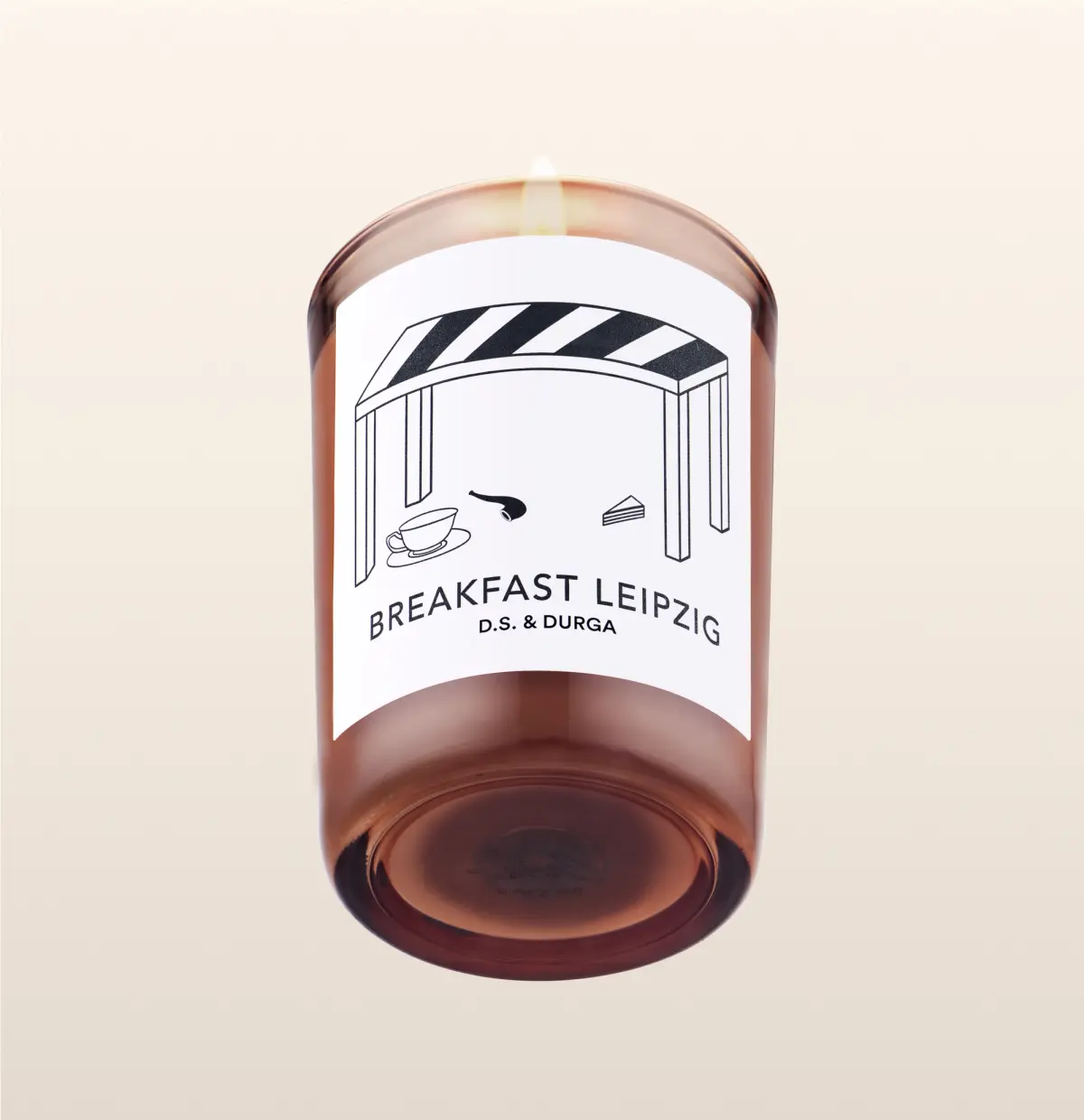
¥11,000

¥2,200
-
Atlas Cedar is a stinky cat litter cedar in the best way. It smells hairy and wild. It can be molecularly distilled to take away some of the funk, but retains its fruity orange vibes.
Shop アトラスシダー

¥2,200

¥11,000
-
A very early discovery of fragrance chemists, aldehydes recall a deco world when used as the main thrust of a fragrance. More often we employ aldehydes to lift heavy hearts, recall fresh breezes/air around flowers, or to push the boundaries of space in forward thinking compositions. Aldehydes generally have a stratospherically fresh aroma, with shades of metal, citrus, green, or ozone.
Shop アルデヒド

¥27,500
-
A catch all term for tree resins that smell vanillic-balsamic. Most have been with us for thousands of years partly because they can be used with very minimal processing (i.e., pick off tree, light on fire).
Shop アンバー

¥27,500
-
The scent of ambergris is the other main base note of perfumery. No one uses the real stuff (sea cured whale vomit worth its weight in gold and illegal in the U.S.) anymore. Instead we have a host of molecules that make up its aroma—stratospherically powerful woody amber aromas that fix modern perfumes. Their power will make your teeth chatter. Desert island stuff like ambrox, cetalox, and ambrocenide.
Shop アンバーグリス
-
Pure plant-based musk beauty. Painstakingly extracted from a hibiscus plant, ambrette is exorbitantly expensive. Adds realness & petal freshness to all perfumes. A natural “skin” aroma—soft, oily, umami & fatty with a heart like the inner wet parts of flowers & animals. Blends with anything, especially flowers, ouds, ozones, & citrus. It smells delicately peachy and vegetal (like the best tomato soup) and lasts 4-eva.
Shop アンブレットシード
-
Soft and powdery, ambrox and its cousin ambroxan all but created the scent of the 90s (when added to ozonic materials like Calone and Melonal). Ambrox smells fine and pure, like a clean slightly green ambergris. Boney, marine, wonderful.
Shop アンブロックス

¥12,100

¥12,100
-
Everyone’s favorite aromachemical. Pour over anything to give radiance and presence. It softens, fills, and gives a “skin” effect. Warm and ambery like patchouli with all trace of its aromatic profile sucked out. Left with the ghost of otherworldly radiance. As it ages it can take on a useful coffee note.
Shop イソ イ スーパー

¥12,100

¥12,100
-
Fig is crowd pleaser. It’s an accord made of molecules that smell of milky coconuts and tomato leaves respectively. Fig has become something of its own genre often blended with green notes, flowers, and wood.
Shop イチジク
-
A perfume in itself, ylang is the smell of paradise isles real and fantastical. I have found it growing in the Caribbean and was astounded by its depth. Overripe banana, vanillic, with a bready malt. It is a well-known cheaper alternative to modifying white flowers like jasmine and gardenia. Ylang ylang has a watery quality that is fresher and more calming than other tropical flowers. Indeed, it is used to relax in aromatherapy (I bring it on planes to sniff).
Shop イランイラン

¥52,800
-
Cereal notes in perfume provide interesting gourmand effects and speak of rolling hills especially in Northern European climes.
Shop オーツ麦

¥11,000
-
No single group has the power to make a scent smell more lifelike than ozones. The scent of air and humidity place the sniffer inside the fragrance world. Oceanside, lakeside, rains, even inside factory air; all can be created with ozones.
Shop オゾン
-
Called Sweet Myrrh and sporting the coolest sounding name of all perfume materials, Opoponax is in the same family as myrrh (Burseraceae). It is stronger with complex lactonic buttery balsamic properties.
Shop オポポナックス

¥27,500
-
Besides oud, orris—the root of iris—is the most expensive material in perfume. It takes three years to extract its miraculously penetrating powder of fancy blue-violet bliss. Chalky and umami, orris root concrete spruces up the heart of many perfumes. An absolute is also made from it which brings out its chocolate gourmand characteristics.
Shop オリスの根

¥52,800
-
Oud is a resin that is formed in the aquilaria species when the tree is infected with a specific kind of mold. Very little real oud is produced and it can go for staggering sums of money (as much as $100,000 USD per kilogram). As such, many things labeled “oud” are recreated—not such a bad thing for a perfumer, as it highlights one the core purposes of our industry —to copy, redesign, and expand upon a natural material. Using a raw material (“musk,” “amber,” “oud”) as a starting point for a fragrance is probably the most basic inspiration to a perfumer. Oud is a complex scent that does not have too many analogues in other natural materials. It smells of aged wood, camphor-mint, and not-quite-rotten milk, with nuances of flowers, spices and fruit. It has an underlying richness that is musky, woody, and penetrating; a folksong from the East that we continue to rework.
Shop オリスの根
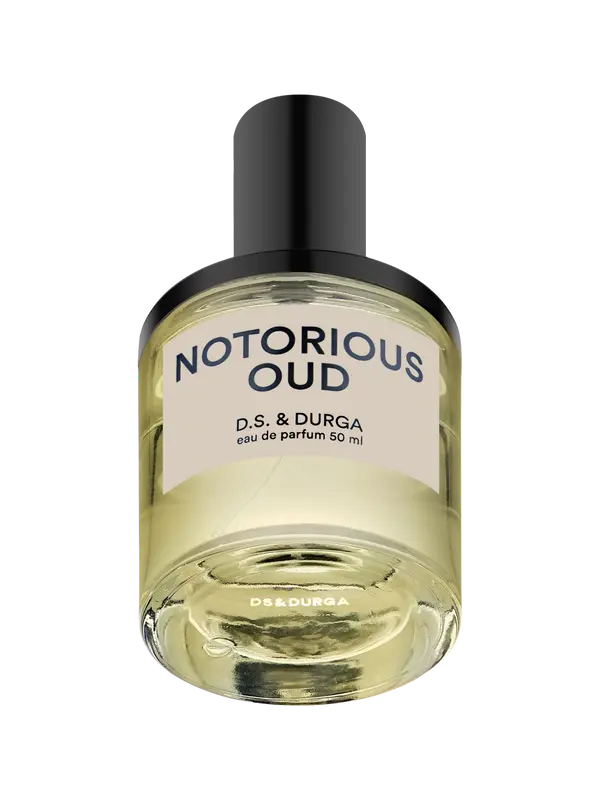
¥27,500
-
Orange blossom is the giving tree to perfumers. The fruits give us bigrade or bitter orange oil. The flowers can be distilled to make neroli or solvent extracted to give orange flower absolute (also the biproduct orange flower water and an absolute of it called eau de brouts). The leaves and twigs give us petitgrain. And there’s even a distilled mixture of petitgrain with flowers called petitgrain sur le fleur. Fancy!
Shop オレンジの花

¥27,500
-
Tea plants create the most aromatically diverse beverage on the planet. From floral white, to grassy green, fruity oolong, malty black, shroomy pu'er, (and so much more). Tea in perfume is often used for its vegetal, earthy throw.
Shop お茶

¥11,000

¥11,000
-
Our generic term for burning perfumes “incense” comes for the common name for Olibanum: Frankincense (from various Boswellia plants in the family Burseraceae). Frankincense features heavily in ancient religion —Egyptian, Hebrew, Christian, Greek, and others. The bark of 10-year-old trees are cut, allowing the resin to bleed and form “tears.” These tears can be dissolved in a common solvent and used as base note (producing a balsamic orange amber note) or distilled for a complex citrus, smoky pine aroma in the top note section of a perfume.
Shop お香
-
Another flower that doesn’t give up its oil (except via old fashioned enfleurage methods that we no longer use much). I use a gardenia base I built over the course of 2 weeks—copying a blooming plant I owned in 2017 (it died in 2019). It is creamy, tropical, & multi-faceted. It recalls tropics but also Fred Astaire’s elegant lapel.
Shop ガーデニア

¥52,800
-
A spicy flower with a deep powdery heart like pink sugar.
Shop カーネーション
-
South American wood that smells of fine teak, pepper, and roses. Extremely rare and expensive, but probably one of the five best smelling single oils on the planet.
Shop カスカリラ樹皮

¥27,500
-
We only use synthetic reconstitutions for ethical reasons. Castoreum smells like wolves’ bait used in trapping—which is to say fermented feces and leather tanning. The synthetic is decidedly more leather—richer dark brown and mahogany. Fancy jazz age elegance, horses, upholstery, gloves, cars.
Shop カストレアム

¥2,200

¥11,000
-
Green piney spice with sweet eucalyptus vibes. A gourmand note common in Indian and Nordic deserts.
Shop カルダモン
-
Green bitter gum resin of Iran. Strong visions of the inside of stems, leaves, grasses and all crushed flower parts. Literally biblical as well. Bewitchingly vegetal top note. Am I fresh? Am I off-putting? I am galbanum.
Shop ガルバナム
-
A wild herb native to the Mediterranean reportedly used to cure weird eye situations in older times. Its powdery green airy herbaceousness recalls grasslands and gardens.
Shop クラリセージ

¥27,500
-
Effervescent top note with wonderful floralcy. Screams pink or yellow and sustains freshness.
Shop グレープフルーツ

¥27,500
-
A common desert shrub that smells oily green and a bit like gasoline. Also smells like desert rain—a sinewy shrubby petrichor over hot sand.
Shop クレオソート

¥27,500
-
Clover is grassy green, but its flower smells like wet frosty white flowers in the breeze. An absolute of the plant is hay-like and sugary.
Shop クローバー

¥11,000
-
Smoky deep meaty wood. Bacon conifer. Rich. Can be used to smell of faraway winter blazes. Can be cleaned for use in oak accords and leather.
Shop ケード

¥27,500
-
A ubiquitous aroma to most of the world, the roasted quality of coffee is interesting if not dominating in gourmand fragrances. Coffee flower oil is a buttery tropical aroma like dark ylang. Very rare.
Shop コーヒー

¥11,000

¥2,200
-
I’m fascinated with the idea of Occidental Ambers, as we often associate amber with the east. Since many balsamic and resinous trees thrive in tropical weather, we can find many such plants in the Caribbean, Central and South America. Many of these resins (palo santon cabreuva, cascarilla) display woodier characteristics and would not necessarily be categorized as an “amber”. However, Copaiba Balsam distilled from the resin of the Copaifera Officinalus tree works as a “white amber” with its peppery dry musky aroma.
Shop コパイババルサム

¥27,500
-
The seed is fresh, green, and pungent. Versatile unlike the herb that grows out of it—cilantro—which is very soapy, dominating, & polarizing.
Shop コリアンダーシード

¥12,100
-
An iconic European construction that perfectly balances citrus (often lemon, bergamot, orange), flower waters (neroli, rose), and herbs (rosemary, lavender). Light, fresh, coastal airs.
Shop コロン
-
An accord that brings teeth rattling woody ambers together with silky metallic musks. Brutalist fumes!)
Shop コンクリート

¥5,280

¥4,620
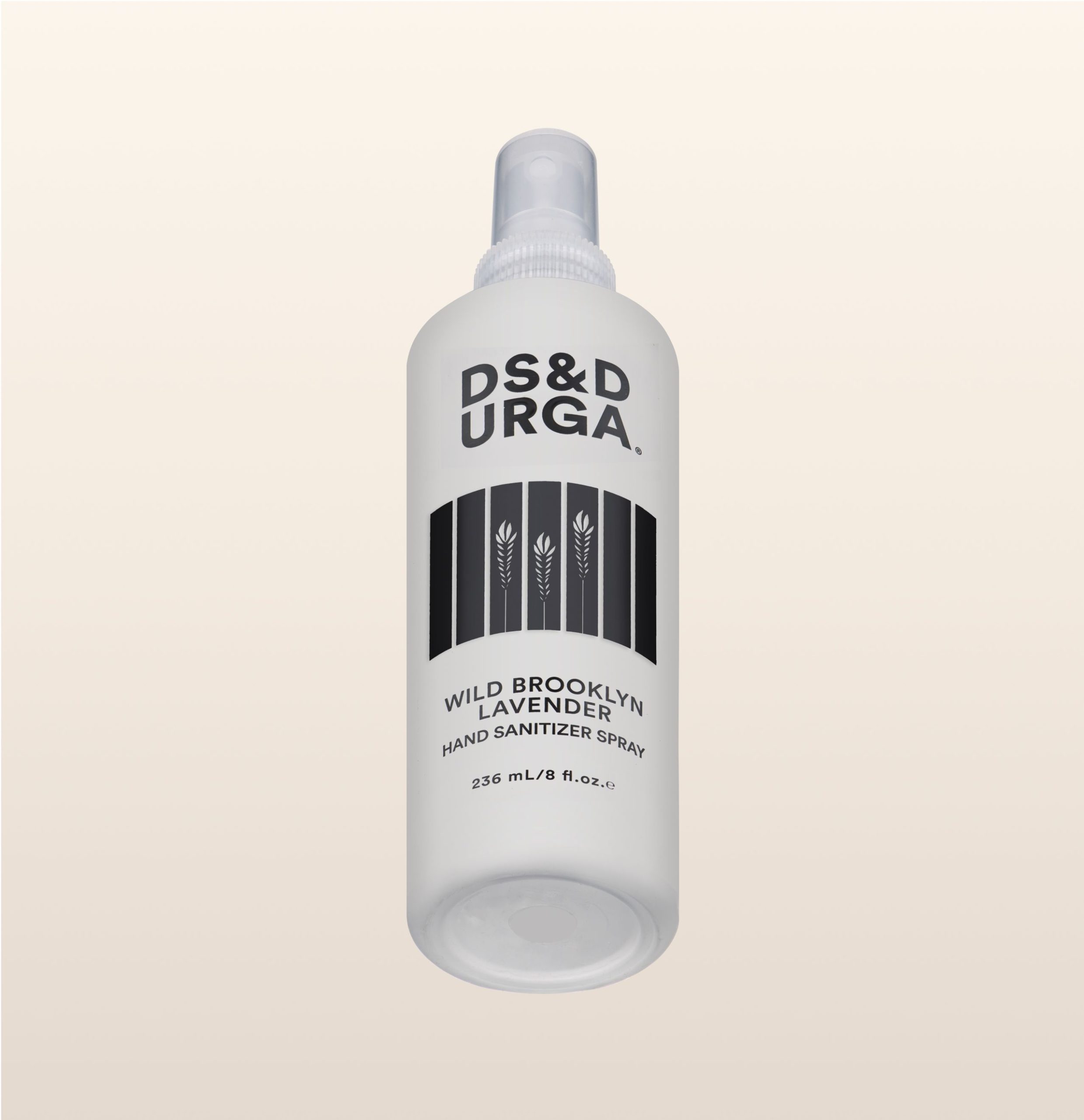
¥3,960

¥2,200
-
A beguiling spice that smells like nothing else. Woody and loud and recalls the lands from whence it came—India and the Middle East. Wonderful in rose and oud, but sneaky in modern fumes as well.
Shop サフラン
-
Sandalwood is complex but one of the most balanced oils with tones of milk, peach, musk, cedar, rose, coconut, and violet. A fixative, it can also disappear into the background, letting other notes shine through until hours later when it returns. Traditionally grown in Mysore, India, but over harvesting has left it out of the commercial perfumer’s pallet for about 20 years. We now use sandalwood grown sustainably elsewhere and reconstruct its aroma with molecules.
Shop サンダルウッド
-
The Mediterranean shrub rock rose is called “cistus” when the whole plant is distilled or extracted. The same plant produces a resin perfumers readily use called “labdanum” which is oft made into an absolute. Cistus distilled is a spicy leathery amber top note. Labdanum is spicy and herbaceous (dill), with a more animalic-conifer overtone than other ambers. Essential to the perfume genre “chypre” (bergamot, oakmoss, labdanum).
Shop シスタスラブダナム
-
There are many cedar oils crucial to a perfumer’s pallet. The wood of Virginia is fine, warm and dry. Texas is pinier. Chinese is smokier. Many molecules mimic various parts of the wood. The leaves of red cedar give us the fruity, sinewy thuja aroma which is nice in small doses.
Shop シダー
-
Rich earthy slightly smoky resin from the plant that made Egyptian scrolls. Ancient but always interesting in woody amber perfumes.
Shop シプリオール/パピルス

¥12,100
-
I only use synthetic reconstitutions for ethical reasons. The real stuff is scraped from a tortured mongoose’s nether regions. Our reconstructions have all the fecal power that lend richness and beauty to flowers, amber, ouds and the like. Disgusting in small doses but has its own beauty.
Shop シベット

¥27,500
-
The ultimate perfume material. Jasmine can blend and elevate anything it touches. Jasmine grandiflorum is pure class—green, sugar, overripe, beyond rich. Truly kaleidoscopic. Jasmine sambac is more vegetal, aquatic, and indolic.
Shop ジャスミン

¥27,500
-
Ginger oils are super strong and spicy. They provide wonderful tropical warmth to flowers, incense, ouds, etc. Some varieties have a revolting onion note that can be useful to wile out.
Shop ジンジャー

¥2,200

¥11,000
-
A gassy leather note that smells of car interiors and fine sneakers.
Shop スウェード

¥5,280

¥4,620

¥3,960

¥2,200
-
Dark, dank vegetal violet leaves are Earthy green and recall hills, lawns, and fields of savage herbs.
Shop スミレの花びら

¥27,500
-
Fresh, earthy, rose and lemon. Its green top notes help announce “plants!” among other green ideas—grass, garden, field, and fresh.
Shop ゼラニウム

¥12,100
-
This molecule is everywhere. It is beautiful and powdery and like ambrox can be used for almost everything. Ambroxan has a greener herbal (minty) shade in the drydown compared to Ambrox.
Shop セラロックス/アンブロキサン

¥27,500
-
A medicinal herb with a smoky side offering powdery green agrestic impressions.
Shop タイム

¥27,500
-
An extremely varied plant with complex aromas of musty fermented earth, vegetal hay, and a deep spicy floralcy. Can recall pipes, dandies, old times, hills, and barnyards.
Shop タバコ

¥2,200
-
A desert island flower at DSD. Tuberose absolute is a different fragrance than the flower. It is much more compacted—earthy mushroom with fine fatty pink flower aromas, suggesting subterranean caves and chalky earth. Real tuberose is more delicate but strong with fatty cheese tones over creamy white flowers.
Shop チューベローズ
-
Spicier (cinnamon) than Siam Benzoin, it is heavy and powdery smelling of red potpourri. Tolu is powerful and perhaps the most gourmand of the ambers besides vanilla.
Shop トルバルサム

¥11,000
-
A delicious gourmand bean full of coumarin—a vanilla-like chemical found in hay & wild grasses. Sweet like dessert, grassy like the countryside.
Shop トンカ

¥12,100
-
A fine spice of superior elegance. Nutmeg plays well with woods, as it is woody, peppery, and complex. Sturdy, warming, grounding, it smells antique.
Shop ナツメグ

¥27,500
-
Birch leaves are green & fresh with a fun fruitness. They are dewy and recall Russian baths & forest libations.
Shop バーチ

¥2,200

¥11,000
-
Violet as a note often comes to us from old fashioned molecules called ionones. They recall the early 20th century, and sweetly fill out the heart of many fragrances.
Shop バイオレット

¥2,200

¥11,000
-
An emerald green sticky balsamic oil with a bitter almost alcoholic mushroom and wood scent. Good pine oil has a mushroom note (Matsutake Alcohol) which isn’t surprising as many mushrooms grow on decayed pine wood. Pine Absolute is useful in conjuring the deep woods of deciduous and sub-arctic forests.
Shop パインアブソリュート

¥27,500
-
Basil is fascinatingly complex. The more you sniff, the more shades of aroma are observed. Beside its obvious fresh green gourmandness, basil has a strong spicy bite like cloves that make it useful in building accords of flowers like carnation, wisteria, narcissus, and anything frosty like lily.
Shop バジル

¥27,500
-
Deep red ironlike earth oil of my dreams. Patchouli began as an herb added to pashmina scarfs to keep away moths on long journeys, but soon became a staple of perfumes. It goes in and out of favor with the general public but never with its dedicated fans. Even small amounts are able to hide and embolden base of perfumes.
Shop パチュリー

¥12,100
-
Penetrating, powerful, old world elegance with a touch of smoke. Global warming, demand and weather have destroyed many of the crops of this particularly labor-intensive plant product, making it extremely expensive. Synthetic vanilla molecules (like vanillin) are just as important to perfume as the real stuff.
Shop バニラアブソリュート

¥11,000

¥27,500
-
Exceptionally pure version of hedione (an umami molecule that makes jasmine smell wet) made by Firmenich. Named for the place you go when you die that is perfect.
Shop パラディゾーネ

¥11,000

¥27,500
-
Peach is recreated from a few molecules - mosty lactones, which give us fatty, often fruity aromas. Peach lactones can recall the soft skin of the fruit & sweetness of the juice.
Shop ピーチ

¥11,000
-
The extract of bell pepper is an entirely new material to the perfumer's palette. It was released by Firmenich in 2021 and gives us a very unique fresh, bitter green heart note. It is vegetal but soft and watery with overtones of Earth.
Shop ピーマン

¥27,500
-
Also called bigrade, this oil is pressed or distilled from the fruit of the same tree that gives us orange blossoms. It is juicy and ahem, bitter and sings in the top of fragrances with a European flair.
Shop ビターオレンジ

¥27,500
-
A desert pine whose amber is used in traditional incense. Distilled needles have a delicate orange frankincense tone that smells very southwest sacred.
Shop ピニョン松

¥27,500
-
Snappy peppery-floral top note from schinus mole tree (not related to black pepper, but nonetheless rad.
Shop ピンクペッパー

¥27,500
-
The distillate of twigs and leaves from the orange blossom tree. Woody sour orange blossom magic. A prime top note.
Shop プチグレン

¥11,000
-
Dark berries with a rich aggressive vegetal bite and winey fruity sage aroma. Mysterious.
Shop ブラックカラント

¥11,000
-
Also called Plumeria, a tropical flower that loves to be where good times are had. Soft woody green tones over white flowers. Called champa in India, not to be confused with champaca which is a magnolia species.
Shop フランジパニ

¥52,800
-
Deep spicy smoke campfire. Some varieties smell of hot tires and asphalt.
Shop ブリッシュタール
-
Vetyver is a perfume in and of itself. Qualities vary heavily due to how long the roots of this grass are distilled, The Haitian is the finest. It has a coffee roasted peanut tone over straw-toned grass. Earthy and green, but it also screams yellow like the color of the finest distillates. Vetyver can be the base of almost anything from florals to woods. Vetyver from Indonesia is ashier like caramelized smoke.
Shop ベチバー
-
Bergamot is perfume. The fresh yellow, green bitter profile never gets old. The more you smell it, the more facets you discover —fruiter, muskier aromas build upon its mysterious effervescence. The most import top note in perfume.
Shop ベルガモット
-
A prime amber. Used in folk medicine for thousands of years, the extract of Styrax Tonkinensis (Siam Benzoin) is brown with soft pink notes of fine sugar, maple, powdery gourmand vanilla, and shades of cinnamon and dry tobacco.
Shop ベンゾイン
-
Magnolia doesn’t give up its oil for use in perfume and must be reconstructed. Magnolia is narcotic. In spring it displays a bouquet of husky white flower with lemon overtones. Smells very “mom” to me and like fancy skin cream.
Shop マグノリア
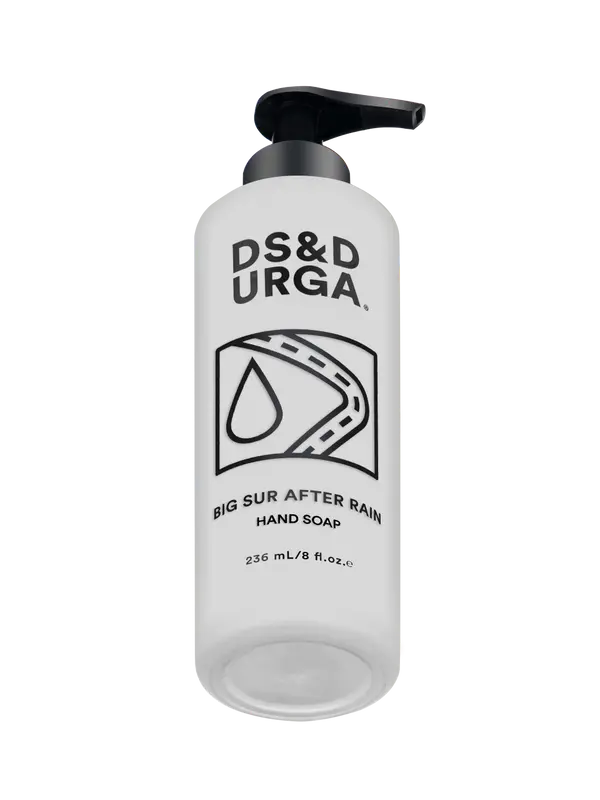
¥4,620

¥5,280
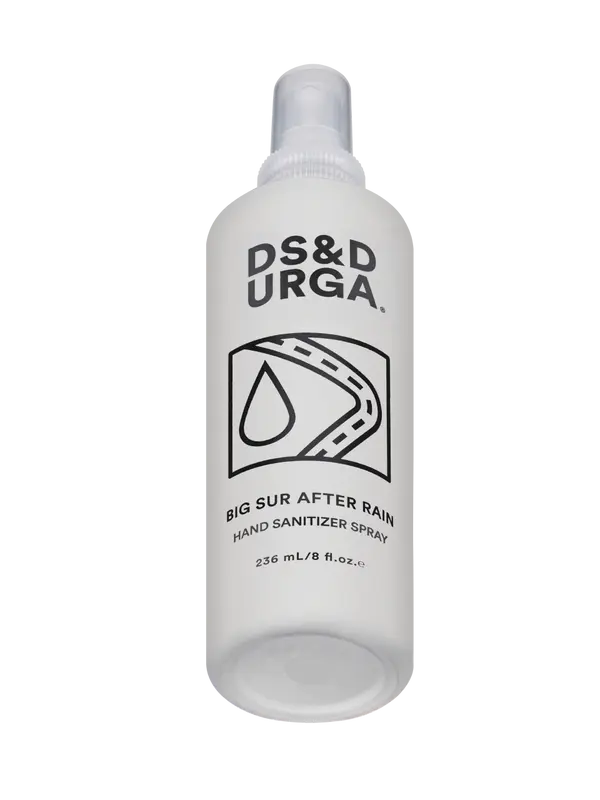
¥3,960

¥2,200
-
A powerful oil that can help boost many famous accords in perfume. Spearmint is especially useful in fern and colognes. Blends well with many oils in small doses.
Shop ミント
-
Musk is probably the most misunderstood concept. There are many musks—decedents of research into what made real deer musk smell so attractive. Think of musk as a white canvas on which to paint. They help fix, round, and elevate a perfume but stay in the background; more of a feeling than an aroma. Musks can be clean, dirty, creamy, fruity, fine, cheap, sweet, and many other silly adjectives to describe the indescribable.
Shop ムスク

¥27,500
-
Fir balsam recalls old forests. It is a dank ambery balsam that recalls the land of faeries, dryads, druids, Robinhood and the like. It is strong with maple sweet power that modifies chypres, fougere, and amber bases.
Shop モミバルサム
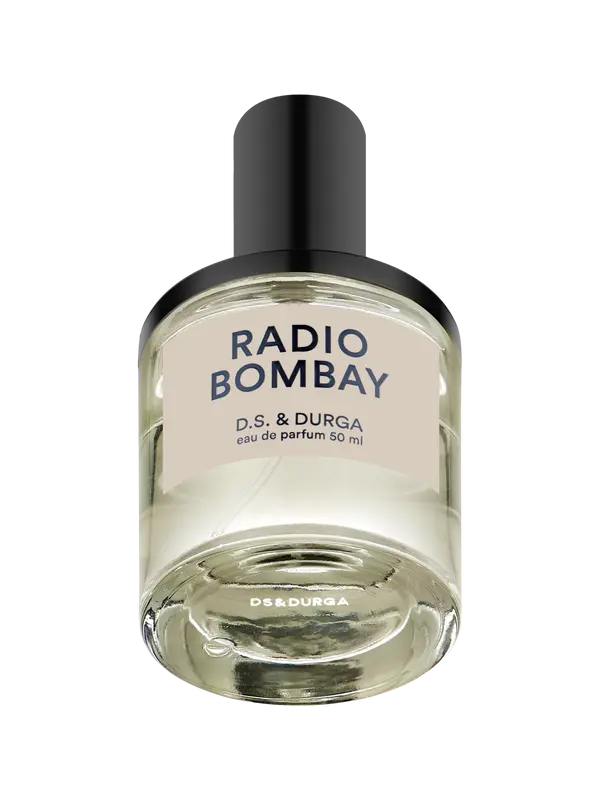
¥12,100
-
Real eucalyptus in the world is profoundly green with a deep floral spice. The oil enlivens us but must be dosed accordingly and rounded or else can make something smell like the spa.
Shop ユーカリ

¥4,620

¥5,280

¥3,960

¥2,200
-
Lime oil provides zest and freshness with the added bonus of giving us a green top note. Limes get along with flowers, chypres, and earthy fragrances. Lime flowers smell of green orange blossom and are a nice accord in colognes.
Shop ライム

¥27,500
-
Ubiquitous clean flowery herb famous in soaps and perfumes. There are many varieties—some floral, others green and bitter like rosemary. Solvent extraction brings out a deep grassy hay and vegetal absolute.
Shop ラベンダー

¥5,280

¥4,620

¥3,960

¥2,200
-
Lily is a construct—the flower does not give its oil through extraction. When realistic, lily is a frosty complex flower that is spicy and animalic. A non-realistic “lily” accord is important in the functional aroma of powder fresh laundry.
Shop リリー
-
Rose is too versatile to disregard as old fashioned. Like jasmine, rose is a crucial heart enhancer to many perfumes. Just a little of distilled rose otto can drastically change and enliven a formula. Rose absolute is rich, green and bring-tears-to-your-eyes-beautiful.
Shop ローズ

¥11,000

¥12,100
-
Since being overharvested, we now rebuild the aroma of the bitter rosy fresh wood that provides such interest in the top notes of perfumes. Shellac, boxes, paint, and furniture vibes.
Shop ローズウッド
-
Prime countryside with coumarin rich grass fields. New mown hay, sweet grass in the sun. It is like vanilla but greener and grassier.
Shop 干し草

¥11,000
-
Pine oil is soft, green, and pungent. It smells of the air of the forest as you'd imagine. Italian dwarf pine is very clean. Some varietals can be harsh and downright dirty.
Shop 松の蒸留物

¥2,200

¥11,000
-
A dirty straw-like aroma over cypress. Recalls conifer forests and choice Japanese baths.
Shop 檜

¥27,500
-
Water as a note comes from fresh ozones and other materials that place you in the humid world near bodies of water or rain.
Shop 水
-
Any of a few species who can be infected by the mold that causes the production of oud. Unaffected trees are processed to give us agarwood which is very woody jungle spice flower without the overtop funk of oud.
Shop 沈香

¥52,800
-
Dry red scent of the desert. Myrrh’s scent is medicinal (being one of nature’s great medicines) and camphorous with a soft Earthy floral (indole—mothballs) undertone. It’s been holy since holy was a thing.
Shop 没薬

¥11,000
-
Grassy molecules provide the perfumer with realistic greens that can help speak of landscapes or boost flowers, chypres, and anything that wants to say “green”.
Shop 草
-




